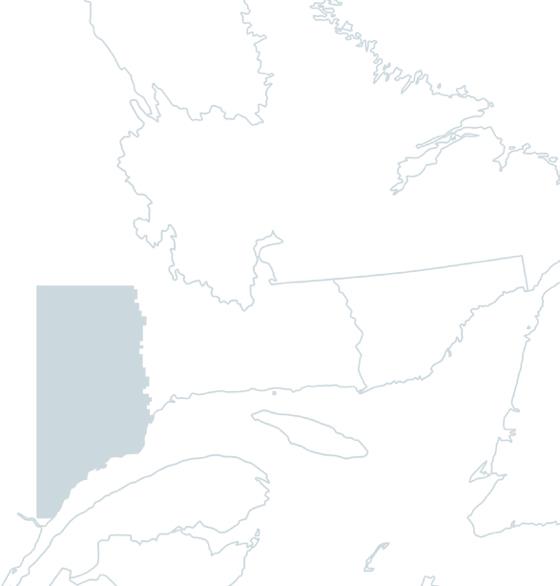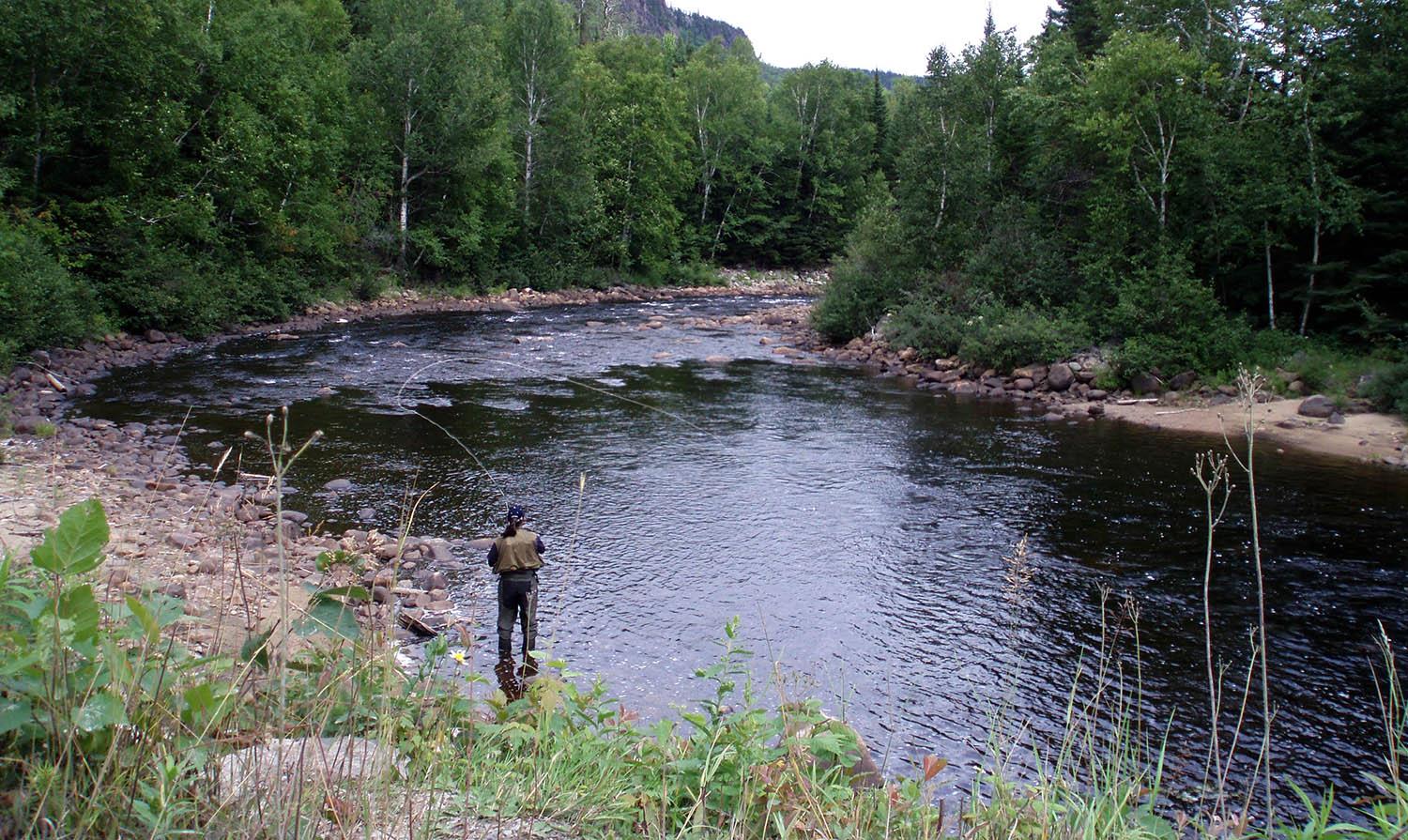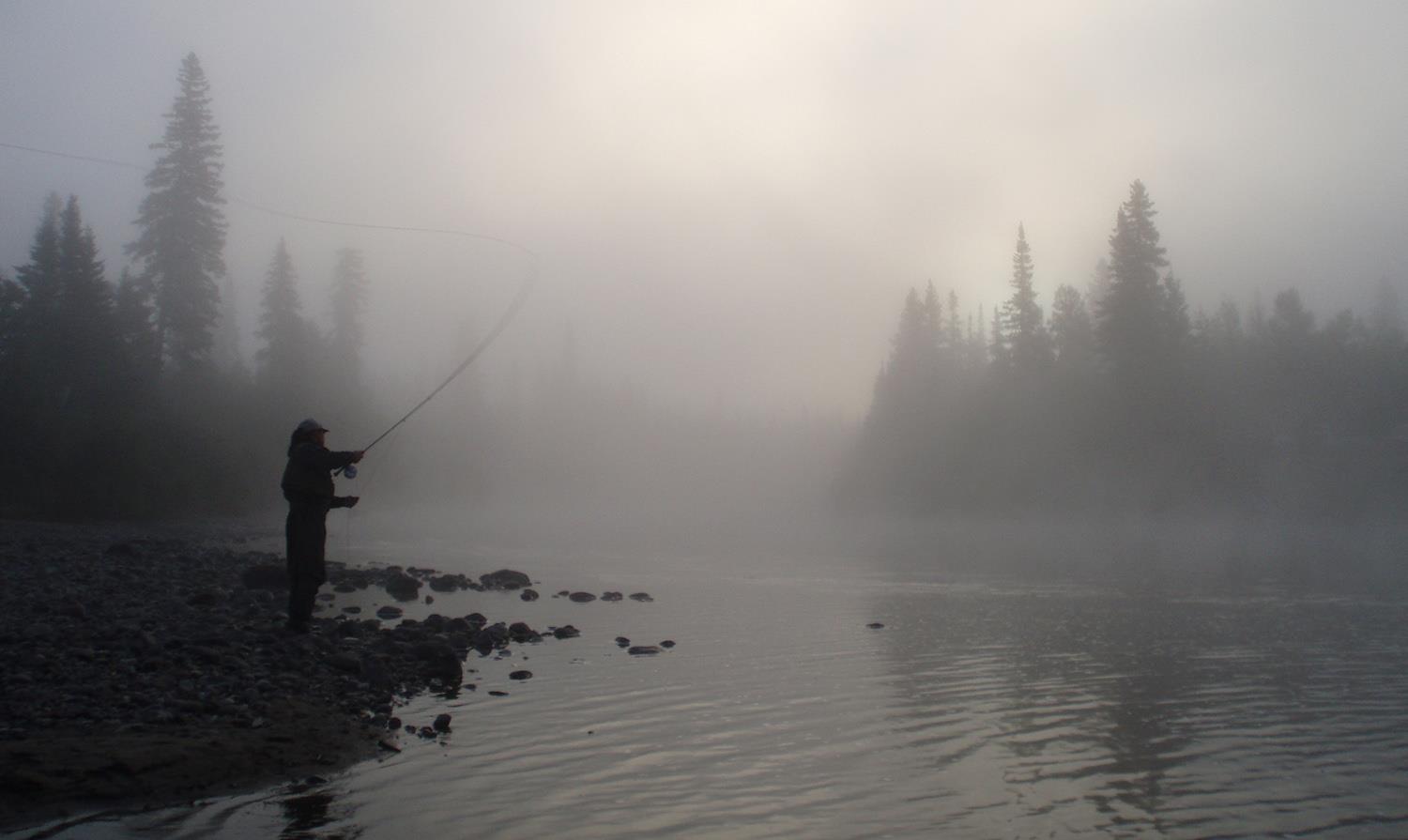Baie-Trinité River
On the north shore of the Gulf of St-Laurent, 95 kilometers from Baie-Comeau, the Trinité River flows north-south for 75 kilometers, through a winding valley in the Laurentian plateau, before emptying into the St-Laurent near the village of Baie-Trinité. Every year, the river welcomes runs of 700-800 salmon.
In the 20th century, forestry companies St-Laurent Paper and then Domtar long held exclusive fishing rights on this watercourse. In 1976, Domtar's lease expired, making sport fishing available to Quebec anglers. Since then, a local organization, the Société d'aménagement de Baie-Trinité, has managed the stream, which became a zec in 1987. Since 1982, scientific studies have been carried out on the Trinité River's salmon, which benefit from a fish pass.
This typical Côte-Nord river flows slowly through shallow pools strewn with large rocks, ending in a section with a greater difference in level and flow. The Rivière Trinité has several rapids and deeper pools. There are a total of 52 pools 30 meters or less in length, divided into 2 sectors: one with restricted access, the other public. Fishing is by wading only. Route 138 and a carriage road provide easy access to the watercourse.
In addition to Atlantic salmon, you can catch sea trout in the De la Trinité River. There's a fishway on the zec, three-serviced campsites, cottages and boat rentals.



